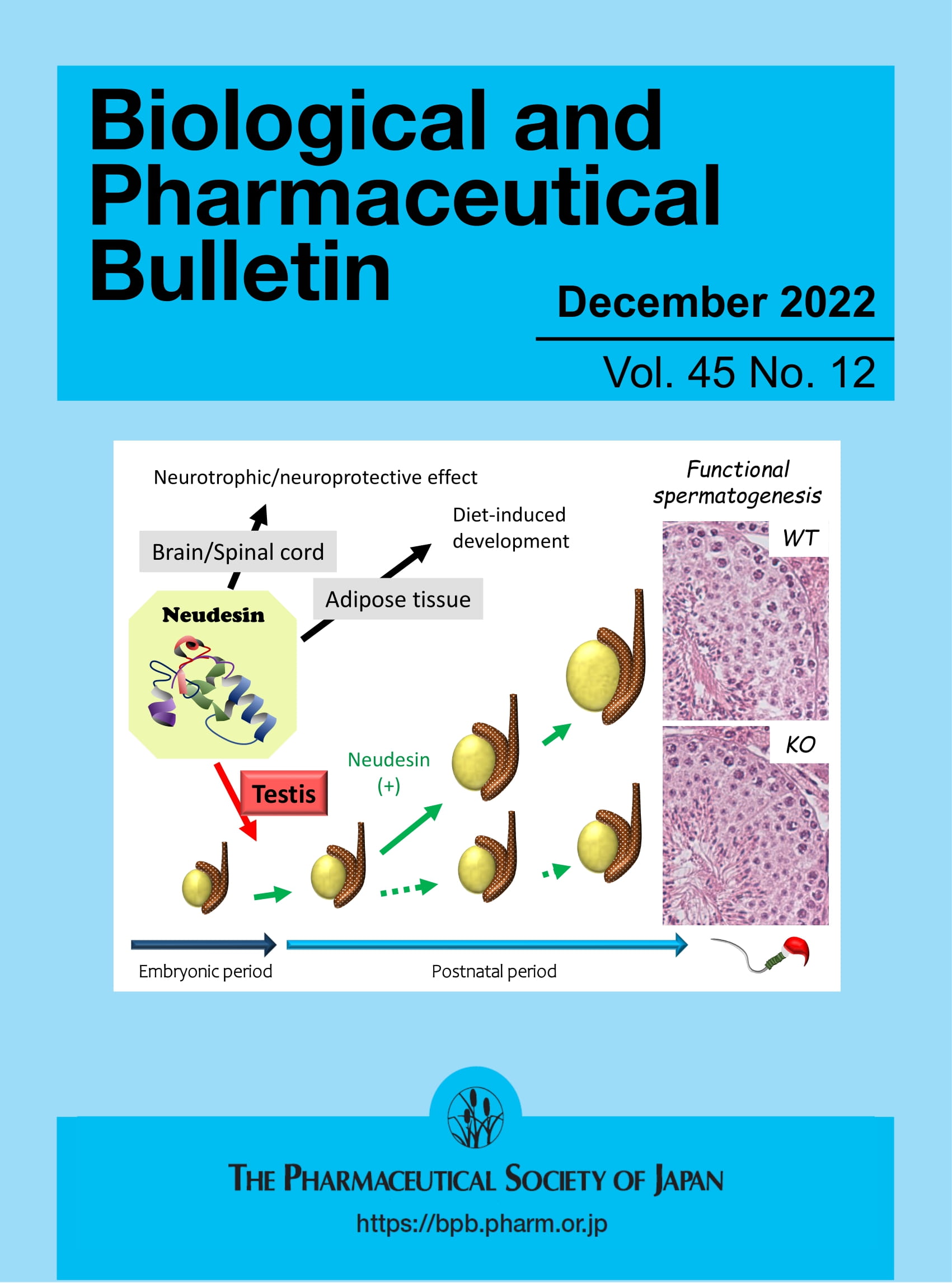Characterization of N-Terminal Acetylated α-Hemoglobin Stabilizing Protein (AHSP) by Top-Down High-Resolution Mass Spectrometry From Human Preterm Newborns Oral Fluid
Abstract
Rationale
Alpha-hemoglobin stabilizing protein (AHSP) is an erythroid-specific protein forming a stable complex with free α-hemoglobin, but not with β-hemoglobin or hemoglobin A (α2β2), thus preventing harmful aggregation of α-hemoglobin during normal erythroid cell development and avoiding its pro-oxidant activity. Although its function has been extensively studied in erythroid cells, its presence in preterm newborns' oral fluid remains unexplored. Given the high susceptibility of preterm infants to hematological disorders, characterizing AHSP in their oral fluid could provide valuable insights into fetal erythropoiesis and its potential role as a biomarker for neonatal anemia and transfusion needs.
Methods
The primary structure of AHSP was determined by high-resolution top-down proteomic analysis using a nano-HPLC–ESI–MS/MS approach on oral fluid samples from preterm newborns. Specimens were collected non-invasively from infants, promptly treated with formic acid, and analyzed with an Orbitrap-based mass spectrometry platform. The intact protein's molecular mass and fragmentation pattern were assessed to determine its primary structure and post-translational modifications. Statistical analysis was performed to explore correlations between AHSP presence and neonatal clinical parameters, including anemia and transfusion needs.
Results
The experimental monoisotopic molecular mass value [M + H+]1+ at m/z 11744.958 ± 0.3 was inconsistent with the protein sequence reported in the literature, and the MS/MS fragmentation pattern was in agreement with the loss of the N-terminal methionine residue followed by Nα-terminal acetylation, a very common post-translational modification, now recognized as having an important role in modulating protein function, localization and protein stability and turnover. The sporadic samples having detectable amounts of AHSP resulted from preterm newborns with severe anemic status, while all were submitted to iron supplementation.
Conclusions
Although the data obtained so far cannot be used for quantitative analysis or statistical evaluation, AHSP appears to stand out as a potential early biomarker of neonatal hematological disorders, highlighting a new perspective for future investigations.





 求助内容:
求助内容: 应助结果提醒方式:
应助结果提醒方式:


